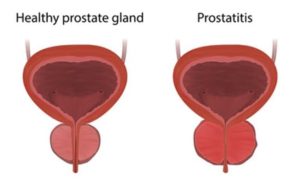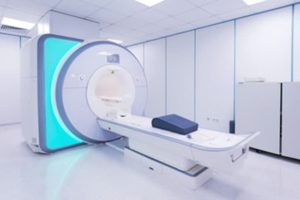Celebrating Men’s Health Month: Advanced Interventional Radiology Services
June is Men’s Health Month; a time dedicated to raising awareness of preventable health issues and encouraging early detection and treatment of diseases among men. At Radiology of Indiana, we recognize the importance of men’s health and are committed to providing state-of-the-art interventional radiology services that offer minimally invasive solutions for a variety of health concerns. Let’s explore some of the innovative services we offer and how they can benefit you or the men in your life.
What is Interventional Radiology?
Interventional radiology (IR) is a medical specialty that uses imaging techniques to guide small instruments like catheters and needles through the body to treat various conditions. These procedures are less invasive than traditional surgery, resulting in shorter recovery times, reduced pain, and lower risk of complications.
Key Interventional Radiology Services for Men’s Health
- Prostatic Artery Embolization (PAE)
Prostatic Artery Embolization is a minimally invasive procedure where tiny particles are injected into the arteries that supply blood to the prostate. This reduces blood flow to the prostate, causing it to shrink and alleviate symptoms. PAE is performed through a small puncture in the groin or wrist, allowing for a quicker recovery compared to traditional surgery. - Y-90 Cancer Treatment
Y-90 cancer treatment is a cutting-edge option for those diagnosed with a primary or metastatic liver cancer. Often, these types of cancers can be difficult to treat because liver tumors can be inoperable and chemo drugs ineffective in curing the cancer. With Y-90 treatment, powerful doses of radiation are delivered to the exact tumor location, avoiding unnecessary exposure to other areas where it’s not needed. Radiologists use X-ray technology to guide small doses of radiation which are injected through blood vessels to the affected area, essentially cutting off blood supply and oxygen to the tumor, preventing them from growing. - Joint & Tendon Pain Treatment
Joint and tendon pain is common and can happen to everyone from the average active individual to the professional athlete. In the past, the pain has been treated with rest, physical therapy, medications, or open surgery taking months or years of recovery time. Now, a new procedure has been introduced called Tenex TX, which ultimately removes the source of the pain, getting you back to your active lifestyle faster.Through a small incision made to the area and using ultrasound technology, radiologists can see the exact location of the pain. Then an instrument that is about the size of a toothpick is used to deliver ultrasonic energy that breaks up and removes the damaged tissue. This procedure doesn’t disturb healthy tissue and no sutures or stiches are needed to heal. - Back Pain Treatment
Back pain can be debilitating and cause major limitations in daily life. A procedure called Kyphoplasty is a revolutionary new option to treat back pain and most procedures take less than an hour. Using x-ray and MRI technology, radiologists can assess the precise area of pain and help restore bone damage. Radiology of Indiana has performed over 1,000 kyphoplasty procedures with 90% of patients experiencing complete, or nearly complete pain relief.
At Radiology of Indiana, our team of skilled interventional radiologists provide the highest level of care using the latest technological advancements. We understand the unique health challenges that men face and are committed to offering personalized, minimally invasive solutions to improve your health and quality of life.
Benefits of Choosing IR Treatments:
– Minimally Invasive Procedures: Reduced risk, pain, and recovery time.
– Expert Team: Highly trained and experienced interventional radiologists.
– State-of-the-Art Technology: Advanced imaging and treatment techniques.
– Comprehensive Care: Collaboration with other healthcare providers to ensure holistic care.
Take Charge of Your Health
Men’s Health Month is a perfect time to take charge of your health and address any concerns you may have been putting off. Don’t wait to take the first step towards better health. Contact Radiology of Indiana today to learn more about how our interventional radiology services can benefit you or schedule a consultation with one of our experts. Your health and well-being are our top priority. Visit our website or call (317) 621-5555.



